Sun and Sunbeds Are More Alike Than Different
The UV portion of mid-day summer sunlight is made up of about 95% UVA light and 5% UVB light. The majority of tanning lamps in sunbeds emit essentially the same mixture, but with higher intensity, usually 2-3 times more intense. That’s why professional tanning salons control the duration of your exposure – short sessions that typically only last a few minutes – based on the UV output of the sunbed and your individual skin type and tanning history. Generally, the higher the intensity of a sunbed, the shorter the session.
Intensity x Time Exposed = Total Exposure
It’s simple math. Your total exposure to the sun or a sunbed is based on the intensity of the UV light multiplied by the total exposure time. So if the sunbed you’re using is two times more powerful than sunlight, your Smart Tan Certified tanning professional uses a recommended exposure schedule as a tool to carefully assign your exposure time. Sunbeds with higher intensity generally have shorter exposure times.
It’s a protocol calculated to deliver three-quarters-or-less of what would induce a sunburn for your skin type. For millions of North Americans, this system is the best way to gradually build a “base tan” which, combined with sunscreen usage outdoors, helps prevent sunburn. Here’s what many fail to recognize: The photo-protection of a suntan, in proper combination with sunscreen outdoors, is more protective against sunburn than sunscreen use alone – which is why many practice the responsible usage of sunbeds.
Exposure to UV from sunlight or from a sunbed means something different for a fair-skinned red-head than it does for someone of southern European or African descent. It’s not one-size-fits-all.
Professional indoor tanning facilities today are teaching a balanced message that overexposure is to be avoided and that non-burning exposure – for those who can develop a suntan – is the standard. Smart Tan certified operators are fully trained to deliver the most positive experience for all clients. Trained operators carefully evaluate each client for skin type, UV history, and more. In fact, professional salons that operate under Smart Tan guidelines direct the fairest-skinned consumers (skin type 1 – people who cannot develop suntans without burning) to use non-UV spray tanning and are not allowed to use UV equipment. Trained operators outline the potential risks of UV light, protective eyewear for UV tanning, and safety procedures for both UV and non-UV spray tanning.
Article Source: http://www.tanningtruth.com/
